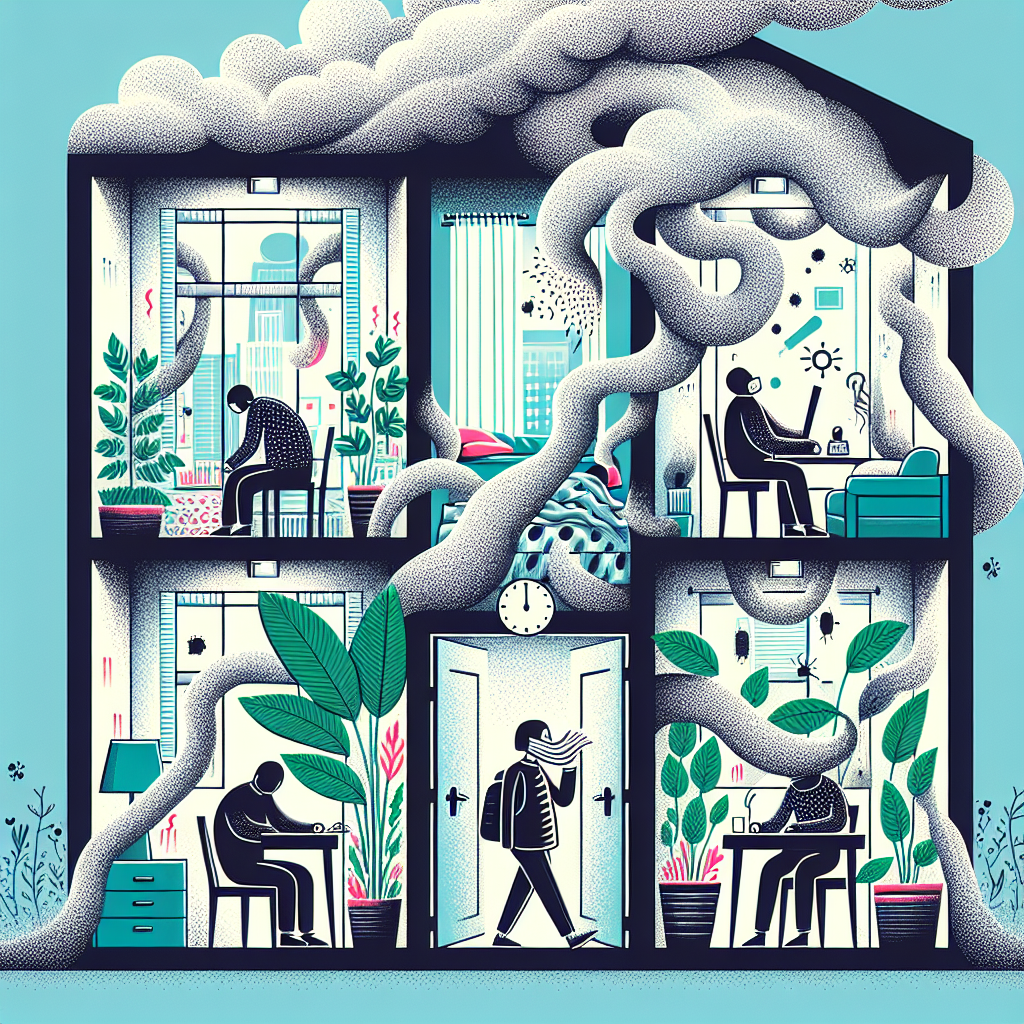Your cart is currently empty!
The Impact of Poor Ventilation on Indoor Air Quality

Indoor air quality is a crucial factor in maintaining a healthy living environment. Poor ventilation can have a significant impact on the quality of the air we breathe indoors, which can lead to a range of health issues and discomfort. Inadequate ventilation can result in a buildup of pollutants, allergens, and other harmful substances in the air, which can have serious consequences for our health.
One of the primary ways poor ventilation affects indoor air quality is by trapping pollutants inside the building. Without proper ventilation, pollutants such as dust, pet dander, mold spores, and chemicals from cleaning products can accumulate in the air, leading to respiratory problems, allergies, and other health issues. In addition, poor ventilation can also cause a buildup of carbon monoxide and other harmful gases, which can be especially dangerous in enclosed spaces.
Another way poor ventilation impacts indoor air quality is by creating high levels of humidity. Excess moisture in the air can lead to the growth of mold and mildew, which can release spores into the air and cause respiratory problems and allergic reactions. High humidity can also create a breeding ground for dust mites, which can trigger asthma and other respiratory conditions.
Poor ventilation can also lead to a lack of fresh air circulating through the building, which can cause stuffiness and discomfort for occupants. Stale air can make it difficult to concentrate, lead to fatigue, and exacerbate existing health conditions such as asthma and allergies. In extreme cases, poor ventilation can even lead to a condition known as sick building syndrome, where occupants experience a range of symptoms such as headaches, dizziness, and nausea.
To improve indoor air quality and prevent the negative effects of poor ventilation, it is important to ensure that buildings are properly ventilated. This can be achieved through a combination of natural ventilation, such as opening windows and doors, and mechanical ventilation, such as exhaust fans and air purifiers. Regular maintenance of ventilation systems and proper air filtration can also help to reduce pollutants and improve indoor air quality.
In conclusion, poor ventilation can have a significant impact on indoor air quality, leading to a range of health issues and discomfort for occupants. By addressing ventilation issues and ensuring that buildings are properly ventilated, we can create a healthier and more comfortable indoor environment for everyone.

Leave a Reply